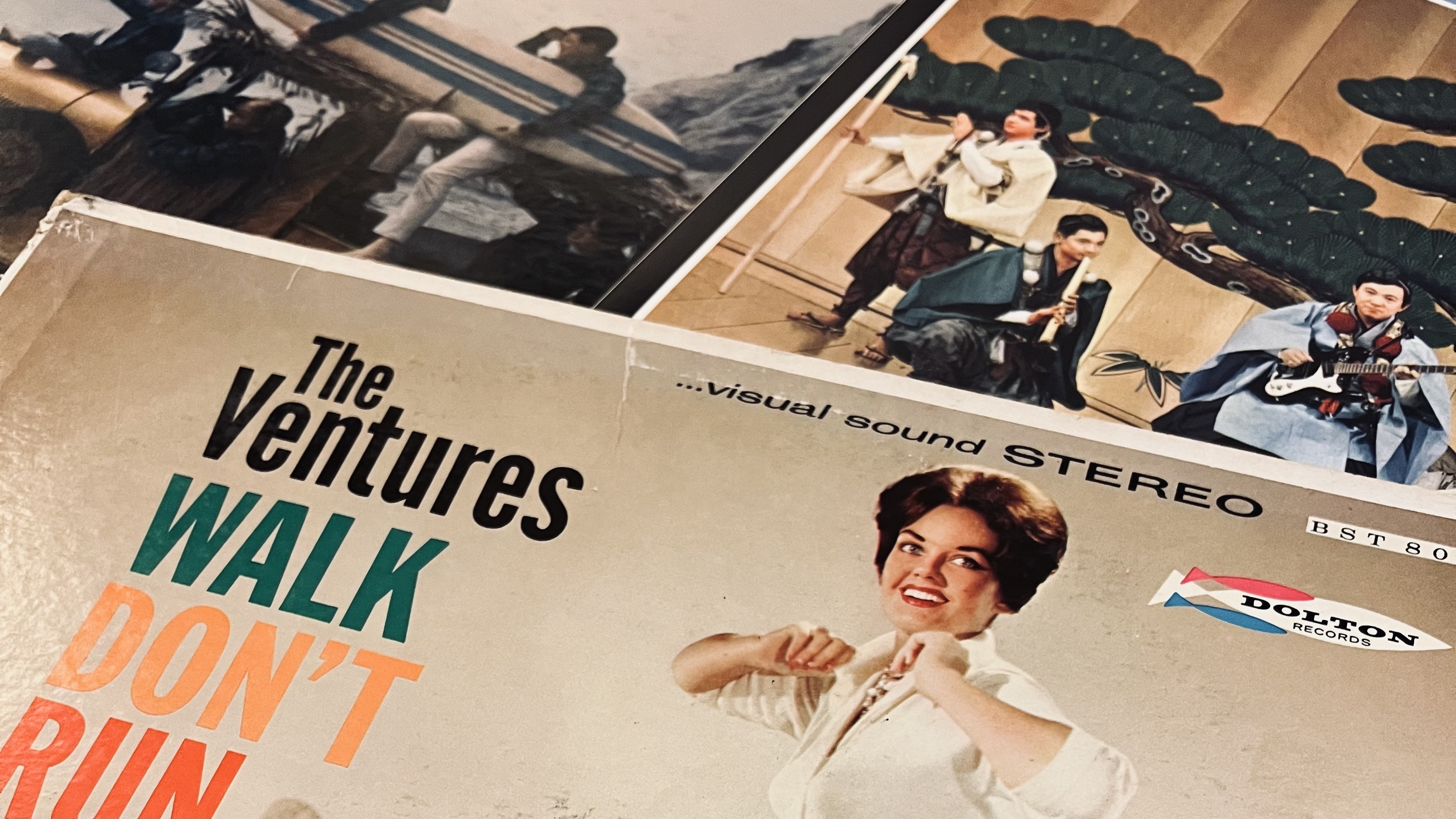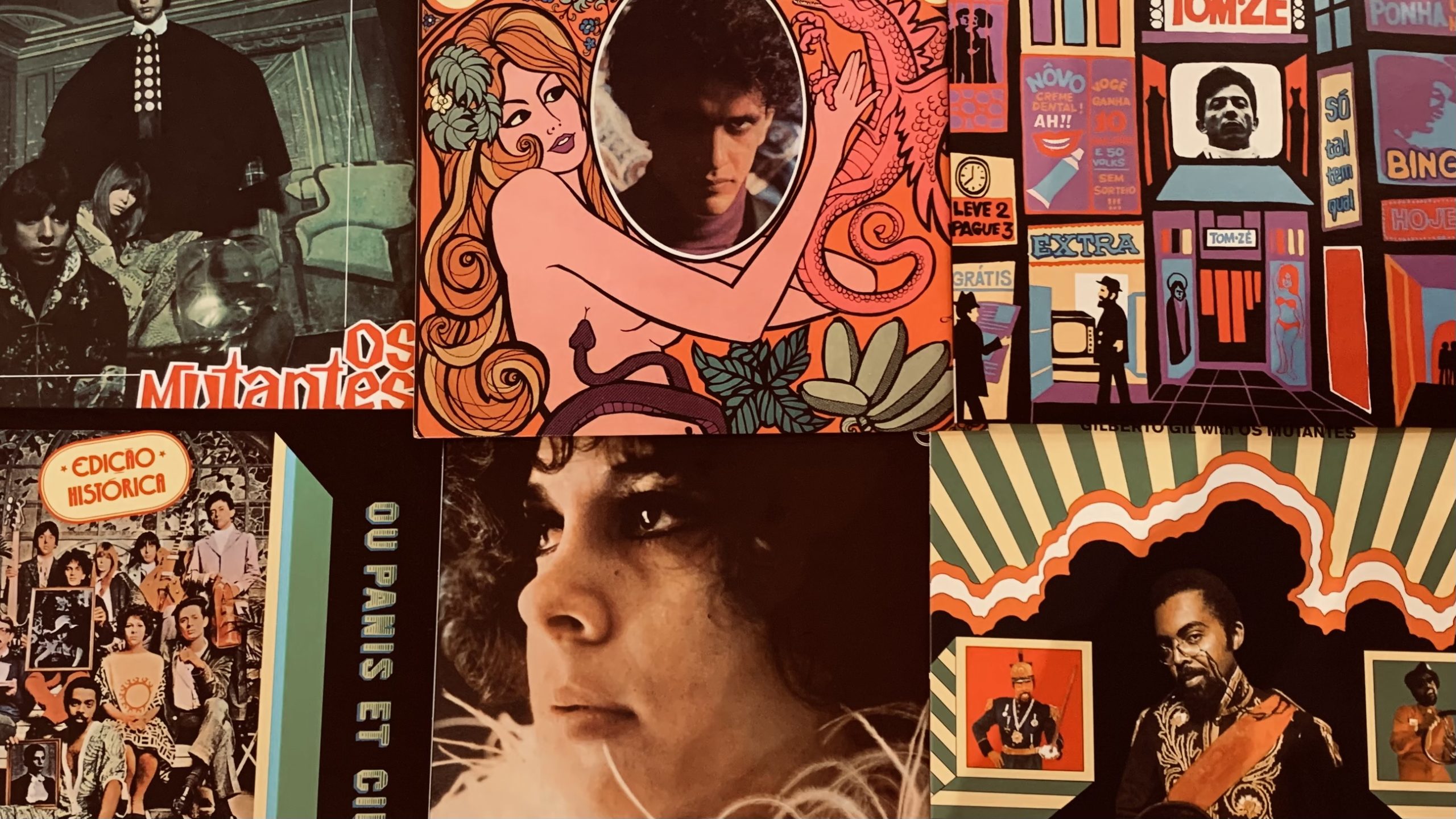
In terms of “kitsch-factor,” few – if any – genres in the history of popular music can compare to exotica. Arriving at the peak of post-war affluence, exotica was an often-fascinating blend of high concept and low – or at least questionable – taste. While its main practitioners were undoubtedly gifted songwriters, arrangers, and performers, even the genre’s finest exemplars mixed inspired soundscapes with a worldview that was short-sighted at best, and exploitive at worst. Still, no examination of American pop culture of the mid-twentieth century would be complete without at least a cursory glance at this intriguing – and often charming – fad.
Though exotica truly came of age in the years following the Second World War, its lineage can be traced back at least to the 1930s, when American jazz musicians began overtly incorporating the sounds of “far away places” into their work. Most famously, the Duke Ellington/Juan Tizol songwriting partnership seemed to predict exotica with their compositions “Caravan” (1936), “Pyramid” (1938), and “Perdido” (1941); and even before, Ellington’s “Jungle Band” had been performing and recording songs with titles such as “Maori (A Samoan Dance),” “Snake Hip Dance,” and “Jungle Jamboree” as far back as the 1920s.
With World War II over, a perfect storm of conditions set the stage for the exotica explosion of the 1950s: returning veterans had brought home stories of the South Pacific; Hawaiian statehood loomed, creating a fascination with the islands on the “mainland”; and an economic boom created a powerful middle class – one that had disposable income to spend on hi-fi stereo equipment, tiki-inspired home furnishings, and affordable commercial air travel. With the world increasingly at the fingertips of the American people, many longed for “souvenirs” that could bring that world into their own homes.
The template for what would become known as “exotica” was firmly established with the 1951 release of Les Baxter’s 10″ LP, Ritual of the Savage (Le Sacre du Sauvage). Featuring lush orchestration, copious percussion, simulated bird calls, and an evocative – and yeah, kinda racist – album cover, Ritual was a landmark in a genre that wouldn’t even have a name for several more years. While successful takes on Baxter’s highly-stylized sound followed on the heels of Ritual of the Savage, it wasn’t until Martin Denny’s 1957 LP, Exotica – a term coined by Simon “Si” Waronker of Liberty Records – that the genre truly began to reach a wider audience.
Denny’s Exotica was a watershed; from its meticulous production to its alluring and instantly-iconic cover image of Sandy Warner, the album remains the archetypal exotica release. Almost overnight, seemingly every pop-inclined group of classically-trained musicians in America was setting their sights on a similar sound. As they are wont to do, record labels began cranking out exotic-themed releases as fast as they could. While some would, deservingly, be virtually forgotten upon arrival, a select handful have stood the test of time – at least as best as could be expected for a genre tethered to a particularly fleeting moment in history.
Several of the album-length highlights of the exotica fad will be covered in subsequent postings throughout the month. The following playlist is merely intended as an introduction, or primer. Frustratingly, many of the genre’s definitive recordings are currently unavailable on streaming services. If you’re a true exotica enthusiast – and there are lots of them scouring record store bargain bins across the country – keep that in mind. If you’re new to the genre, I hope you’ll find a few keepsakes worth holding onto.
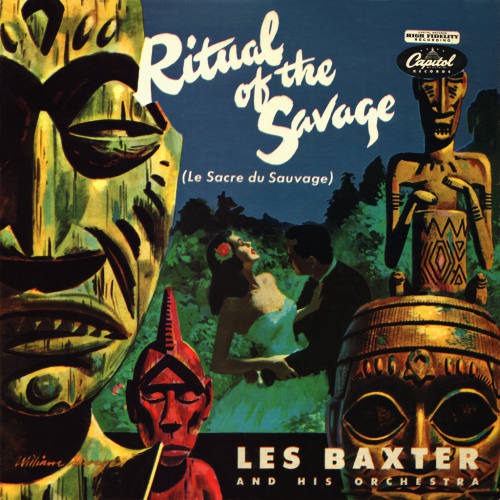
The opening track on what is often regarded as the first exotica album, “Busy Port” is a representation of one of the main themes of the genre: the meeting places between the “civilized” and the “primitive.” The lush, Hollywood-esque soundscape makes for an evocative backdrop to this track, and it’s a wholly-fitting point of departure in our exploration of exotica.
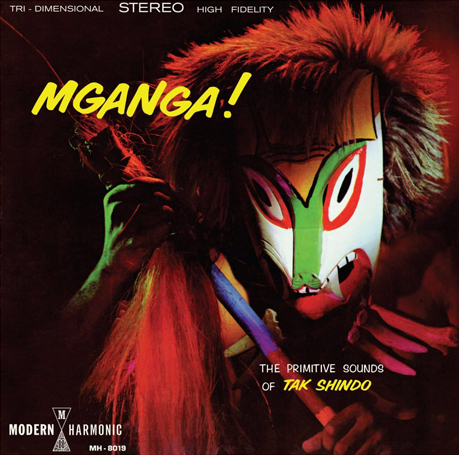
Takashi “Tak” Shindo made his debut with 1958’s well-regarded Mganga! “Safari to Kenya” is one of the LP’s highlights; a lush instrumental, cleverly bookended by field recordings of African wildlife – as opposed to the man-made animal calls that often feature in exotica tracks. Its darker tones evoke the sense of excitement, anticipation, and danger of a safari just getting underway.
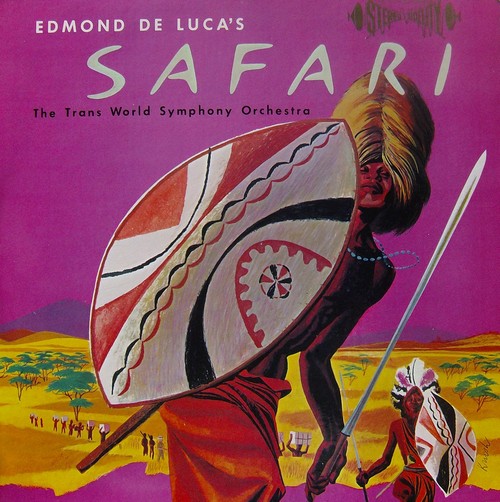
Edmond De Luca’s debut album veers toward the more orchestral end of the exotica spectrum; away from the more pop-oriented impulses of the work of contemporaries such as Martin Denny. Safari‘s side-long suite is an enchanting, multi-movement piece that brings a grandeur to the still-nascent exotica fad, and “Bantu Village” is its most immediately-satisfying segment.
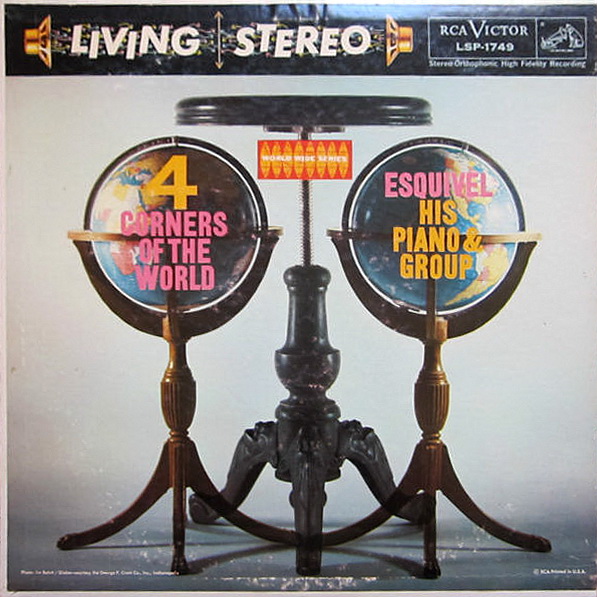
Juan García Esquivel would be perhaps the defining figure in the space-age pop scene – a sister genre to exotica – but his 1958 release, Four Corners of the World, capitalized on the interest in all things exotic. “Dark Eyes” is, perhaps, the closest Esquivel got to the likes of Martin Denny, and it displays an impressive commitment to the rhythmic side of his art.

Next, we take to the sea with the A-side to the lone single by the Cleveland trio, The Melody Mates. “Enchantment” found its way to the Pittsburgh deejay/promoter Nick Cenci, who added his own spoken word introduction to the track, and released it on his short-lived Nix Records imprint. The track was resurrected by the incomparable Numero Group, who included it on their – very much in need of a re-pressing – 2018 compilation, Technicolor Paradise.

Our journey now reaches one of the oddest locales on the exotica map. Eden Ahbez was the proto-hippie songwriter best known for penning Nat King Cole’s 1948 chart-topping classic, “Nature Boy.” His own record – 1960’s Eden’s Island – was nowhere near as accessible, but it remains one of the most intriguing of all exotica releases, and its opening title track a welcome introduction.
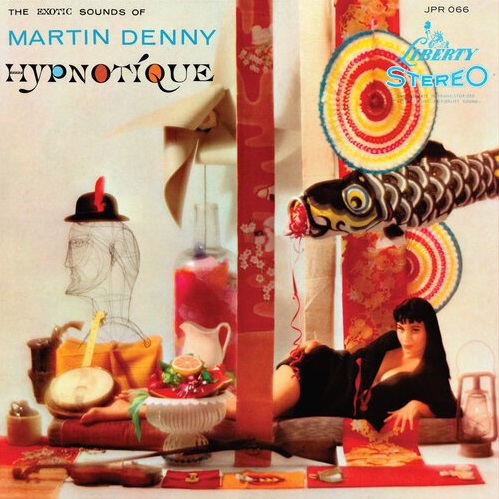
1957’s Exotica may be Martin Denny’s most important album, but the following year’s Hypnotique is possibly his best. Co-written with Hal Johnson – who also arranged the track’s haunting vocals – “Jungle Madness” is one of the most impressive recordings from exotica’s defining artist.
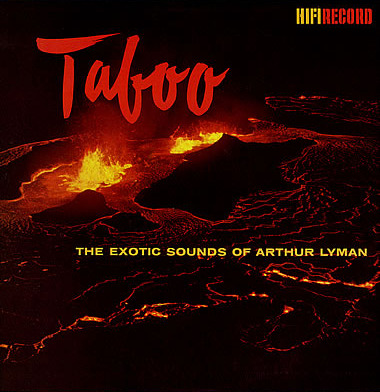
Mallet percussionist Arthur Lyman played an integral role on Denny’s Exotica LP, but left the group shortly after to pursue a career as a bandleader. His debut, 1958’s Taboo, is one of the genre’s defining records; one that matches the pop-adjacent proclivities of Lyman’s contemporaries with a slightly more experimental bent. Its opening title track shows off Lyman’s impressive range better than any other work in his discography.
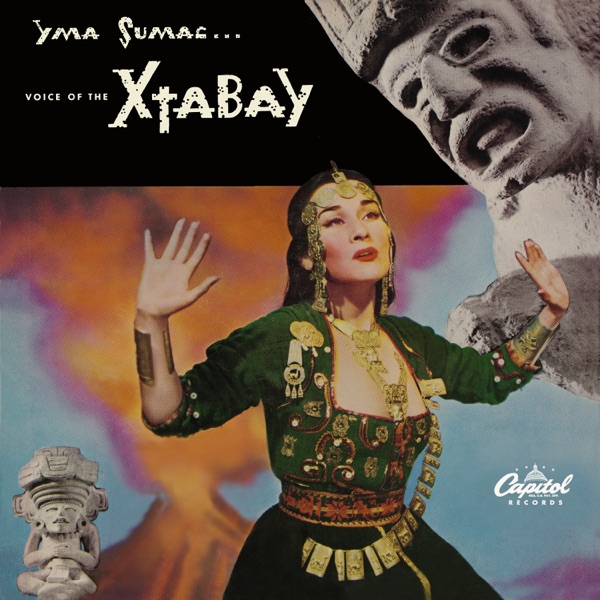
No exotica playlist would be complete without Yma Sumac. The Peruvian vocalist with a mind blowing five-octave range became one of the most unlikely commercial success stories of her time with 1950’s weird-but-wonderful Voice of the Xtabay. While undoubtedly inspired by the folk music of her homeland, Sumac worked alongside Les Baxter – a year away from his own exotica landmark – to create a sound that could also appeal to contemporary American audiences. “Taita Inty” is the album’s definitive track.
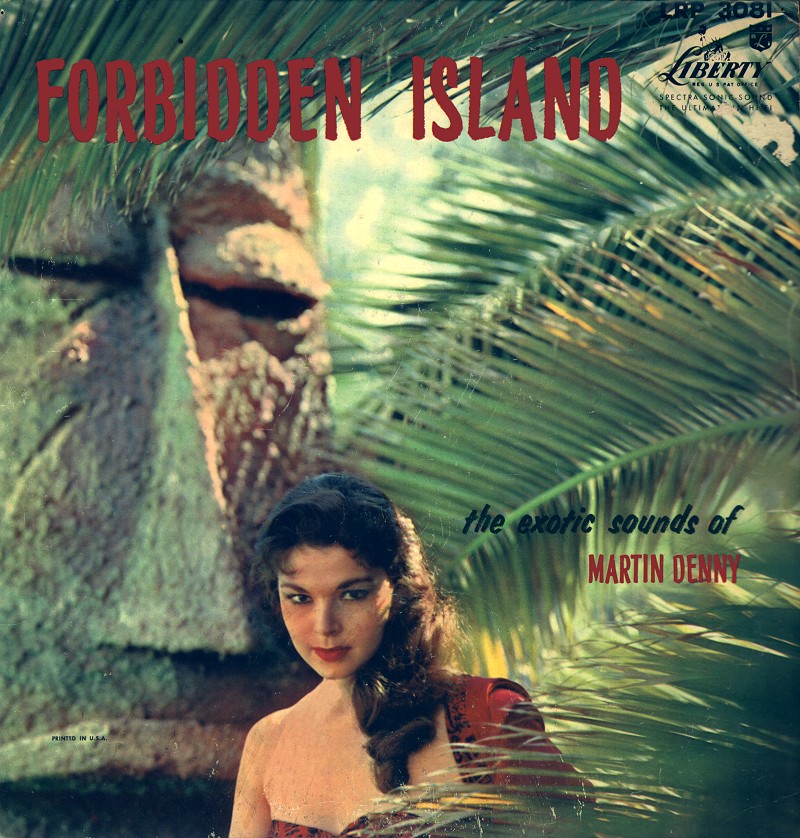
Martin Denny’s importance to exotica cannot be overstated. No artist was more prolific during the genre’s brief heyday – he released nine albums between 1957-59 – but Denny was not content to merely crank out cookie cutter versions of 1957’s Exotica. The first of his four 1958 albums, Forbidden Island added significant depth to Denny’s sound; most impressively on its closing title track.
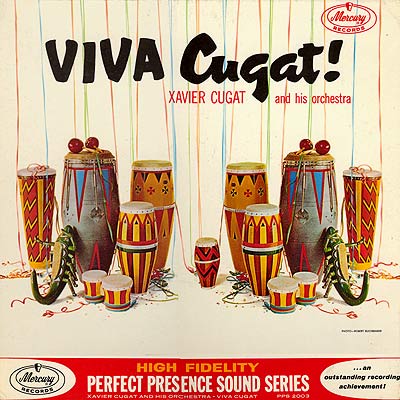
Aside from exotica’s “big three” (Denny, Baxter, and Lyman), I limited each artist on this playlist to one song. This made for a tough decision when it came to picking a representative from Xavier Cugat’s excellent 1961 album Viva Cugat. While the gorgeous melody of Alberto Dominguez’s “Perfidia” is hard to deny, the Pet Sounds-predicting take on Ernesto Lecuona’s “Jungle Drums” is just too good to pass up.
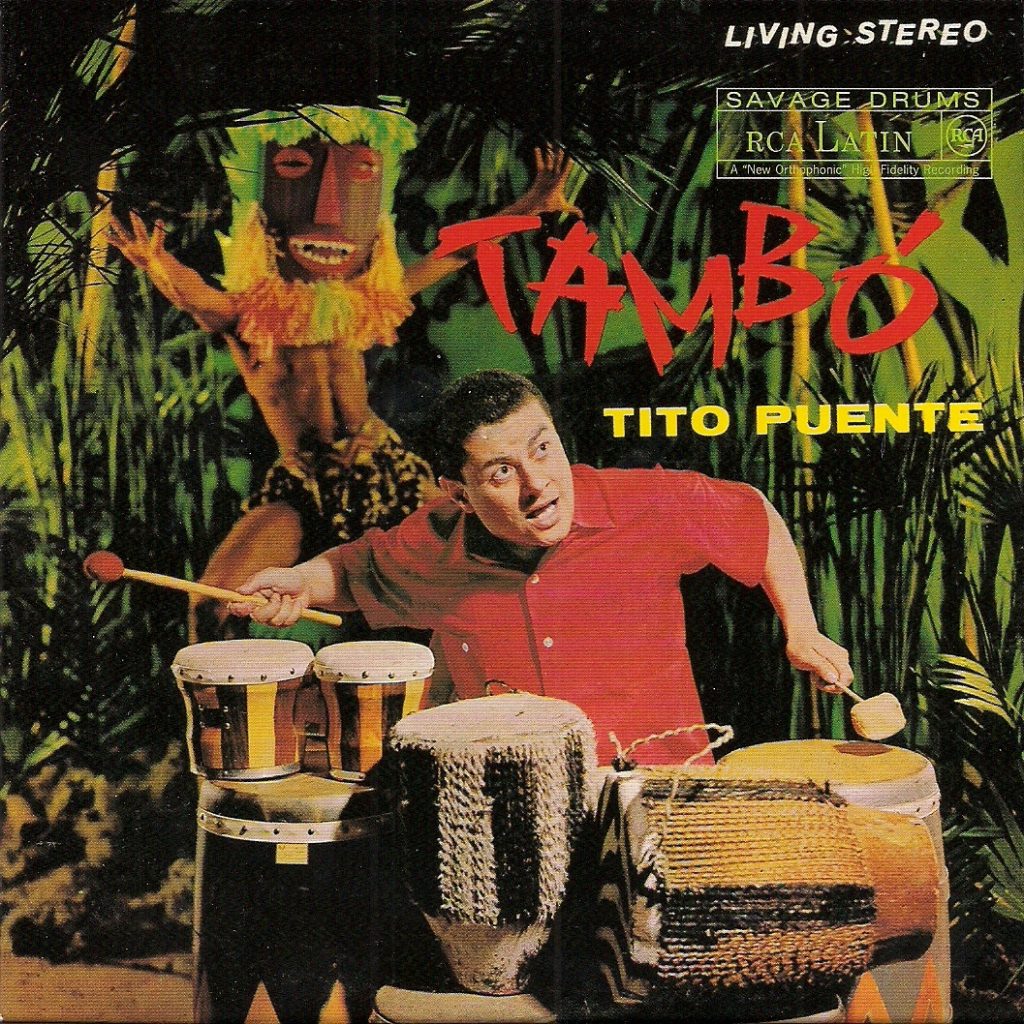
Until somewhat recently, I only knew of Tito Puente by way of his memorable appearance on The Simpsons. While Puente’s career was far too long and varied to be tied to a single genre – especially one with a limited shelf life – his 1960 LP Tambó is a classic take on exotica. “Dance of the Headhunters” is its most electrifying track, driven by complex rhythms and impeccable playing.
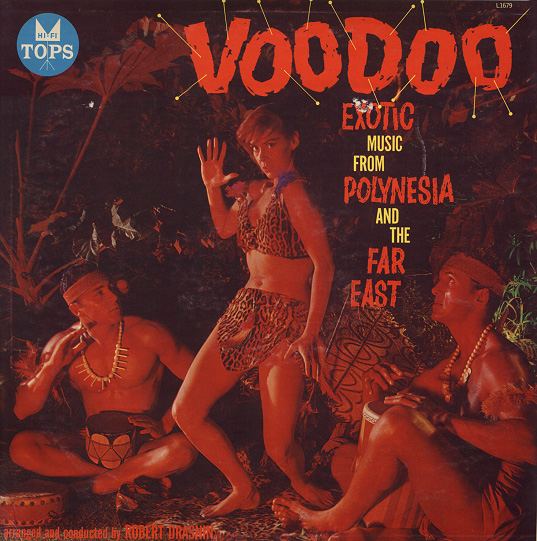
The opening track to Robert Drasnin’s debut album – and his only release for nearly fifty years – is one of the great exotica productions. “Chant of the Moon” is among the jazziest tracks on this list, and it features a lush arrangement, highlighted by the vocal work of Sally Terri, and the piano of a then-unknown John Williams, who would – in time – become much more famous for imagining soundtracks of places even more “far far away.”
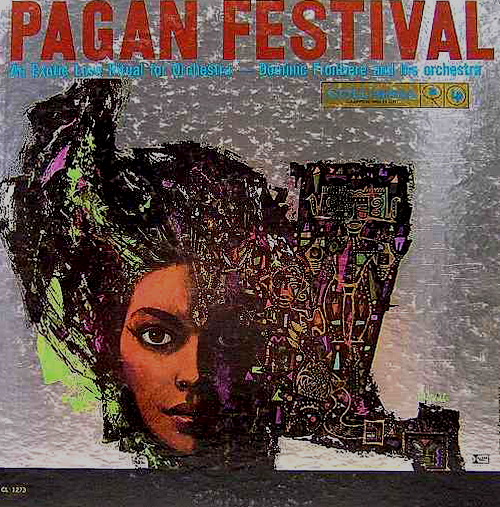
Dominic Frontiere and His Orchestra
“Temple of Suicide (Ixtab)”
from Pagan Festival: An Exotic Love Ritual for Orchestra (1959)
The dark centerpiece to Dominic Frontiere’s excellent, exotica-inspired Pagan Festival, “Temple of Suicide” is a thrilling symphonic piece that finds intensity in its brisk pace and inspired vocal arrangement. While some of exotica’s lesser works could be fairly considered “low art,” this track shows the ability for the style to be molded into something of considerable sophistication.
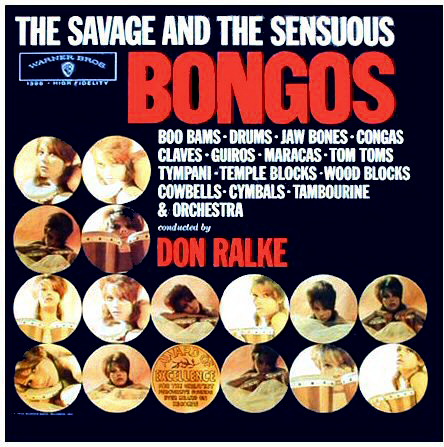
A spacious highlight of the unfortunately-titled The Savage and the Sensuous Bongos, “Face Beside the Fire” is an excellent representative of the later exotica era. Don Ralke’s presence on the music scene may have been short-lived, but his emphasis on percussion-heavy arrangements made his work stand out from the pack.
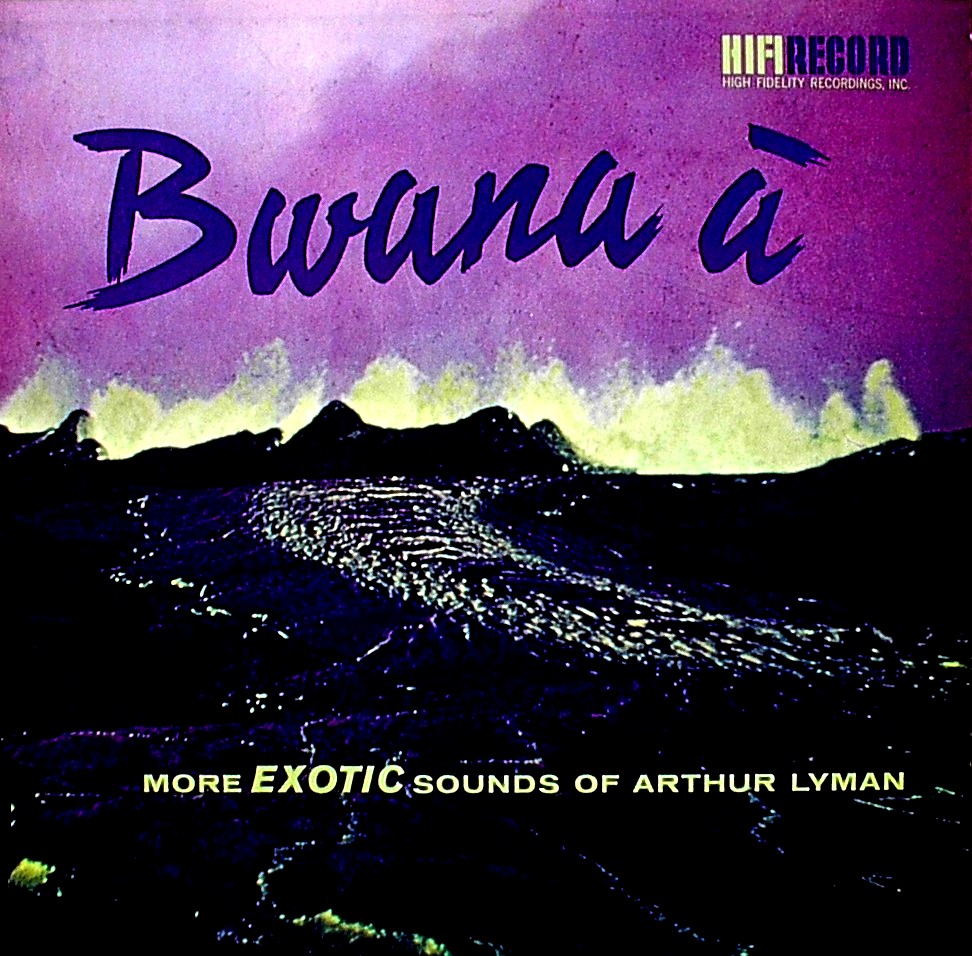
At its best, exotica is mood music, and few tracks from the genre’s heyday are more mood-evoking than this ambient highlight from Arthur Lyman’s second album, 1958’s Bwana Ā. Adapted from a traditional Japanese folk song, “Moon Over a Ruined Castle” could’ve made this list based on its title alone, but the recording is a hauntingly sparse track of ethereal beauty.
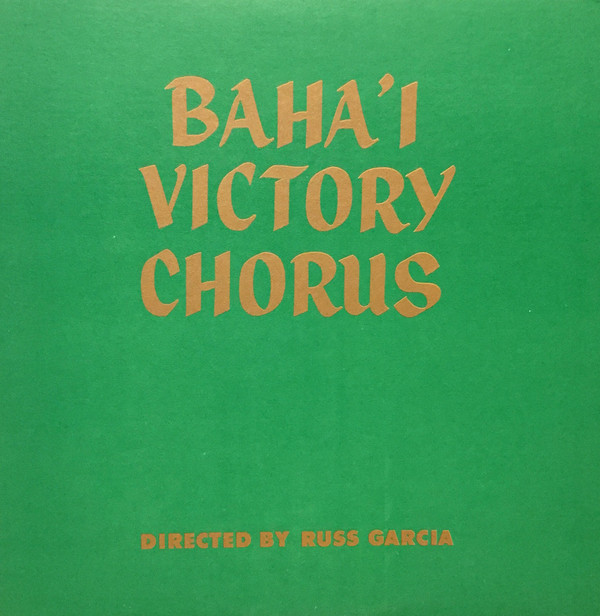
Another track salvaged by Numero’s Technicolor Paradise, “Nightingale of Paradise” may have arrived well past the point of exotica’s commercial apex, but its spacious beauty – a delicately sparse instrumental by Russ Garcia accompanying an intriguing Baha’i choir performance – is peak exotica.
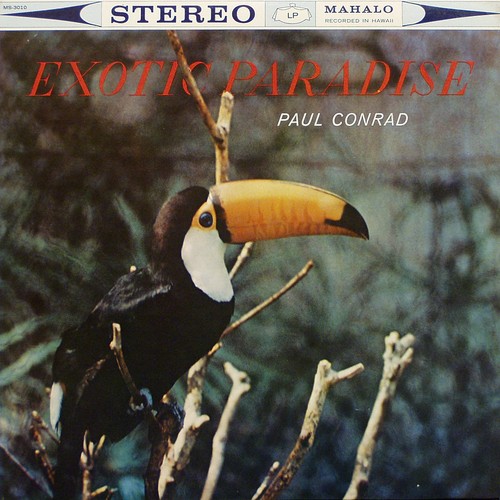
The “nighttime” segment of this program concludes with this track from Paul Conrad’s lone record, 1960’s Exotic Paradise. A deft synthesis of eastern melodicism and jazz-inspired rhythms – particularly in its mid-song rave up section – “Deep Night” is another alluring track from one of the genre’s most appealing albums.

Morning finds us in the comfort of exotica’s signature song, Les Baxter’s “Quiet Village.” The centerpiece to Ritual of the Savage, the track would be covered by a veritable “who’s who” of exotica, but never would Baxter’s original take be topped. It’s unquestionably the most important track in the genre’s history, as alluring as it was influential.
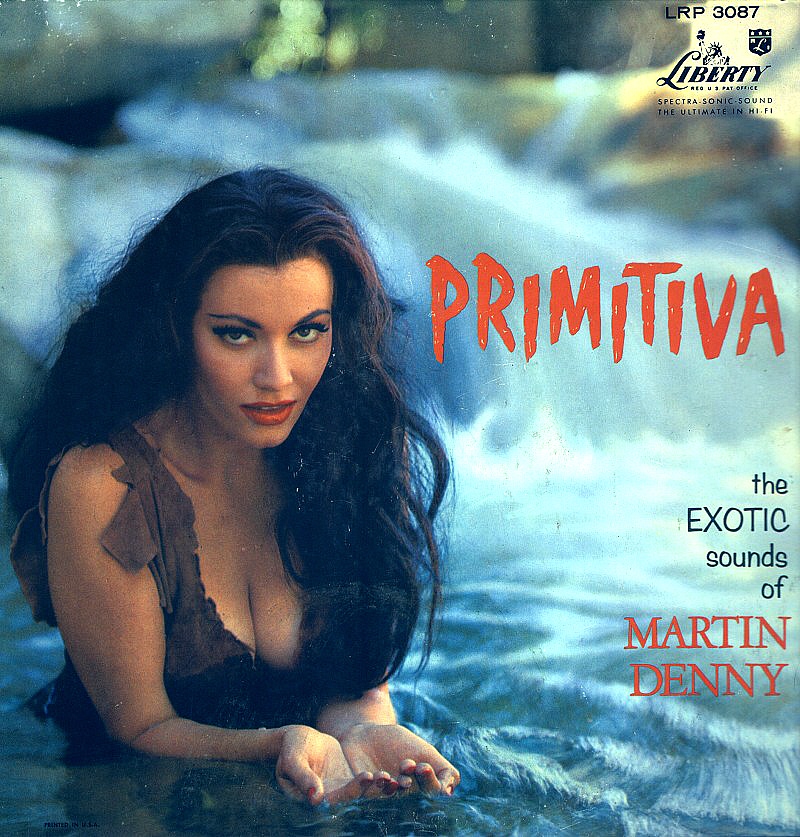
Martin Denny’s commercial success did not fully temper his more experimental tendencies, as this sparse track from 1958’s Primitiva demonstrates. The jazz leanings of Denny’s group are on full display here, as is his genuine affection for the harmonic qualities found in the music of the Far East.
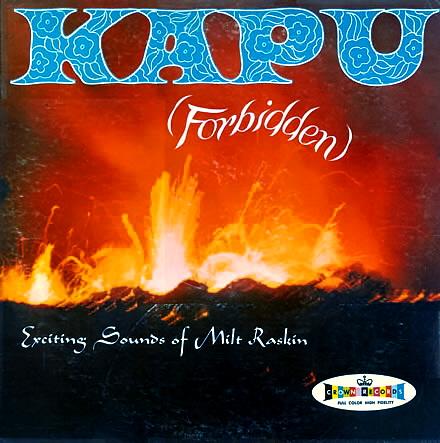
Another day, another voyage. This time, we head out to sea with a stunning track from Milt Raskin’s 1959 debut album. “Maika” glides along at a languid pace, but its compositional grace is little short of spellbinding, and – even before its track-ending sounds of the wild – plenty evocative.
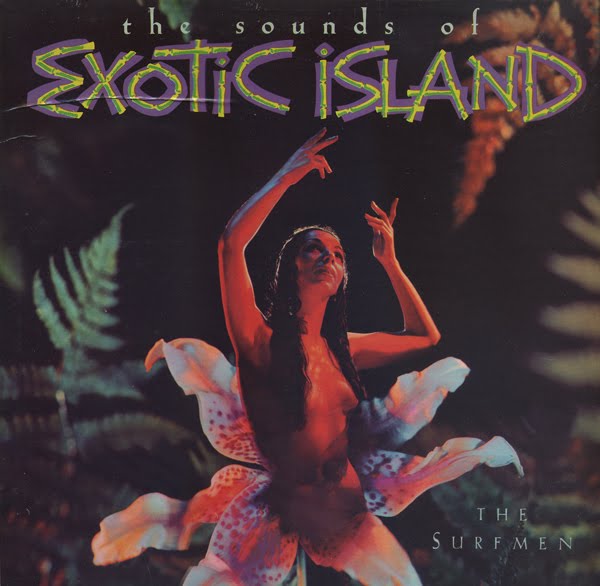
While their moniker may call to mind images of a rough-around-the-edges garage quartet, The Surfmen featured some of the finest studio pros in the business. Their lone LP – 1960’s The Sounds of Exotic Island – was not a major hit upon release, but it has become one of the most sought-after records of exotica’s peak era. The gentle rhythm and dreamy Hawaiian-inspired guitar of “Bali Ha’i” make it an easy highlight of the album.
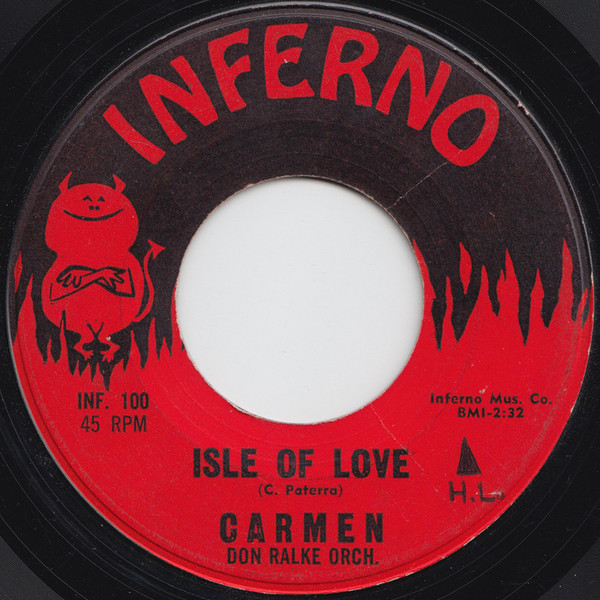
Another castaway rescued by Numero’s Technicolor Paradise compilation, “Isle of Love” was the A-side to the first of two singles that the Don Ralke Orchestra recorded with the otherwise-unknown Carmen on lead vocals. A slinky guitar riff provides the song’s main hook, and Carmen’s vocals add an irresistible layer of intrigue to an already alluring track.
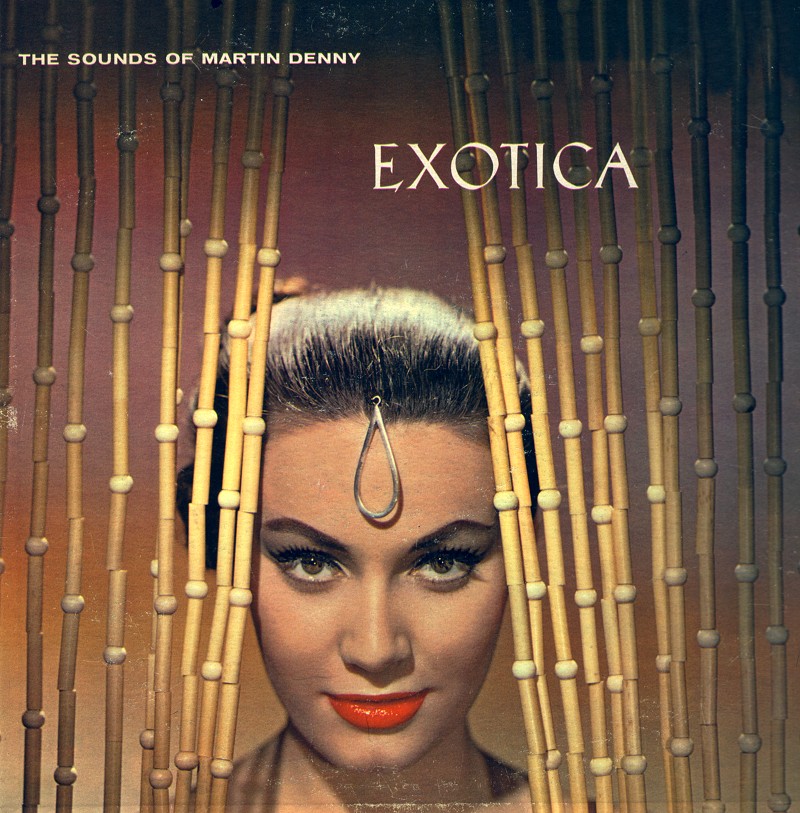
Our journey concludes with one of the more understated selections from the album that provided exotica’s name and commercial breakthrough. Though it is yet another Martin Denny track, the real star of “Waipio” is Arthur Lyman, whose vibraphone work makes for a dreamy soundscape, and a perfect ending to our crash course in exotica. Hope you enjoy it!


